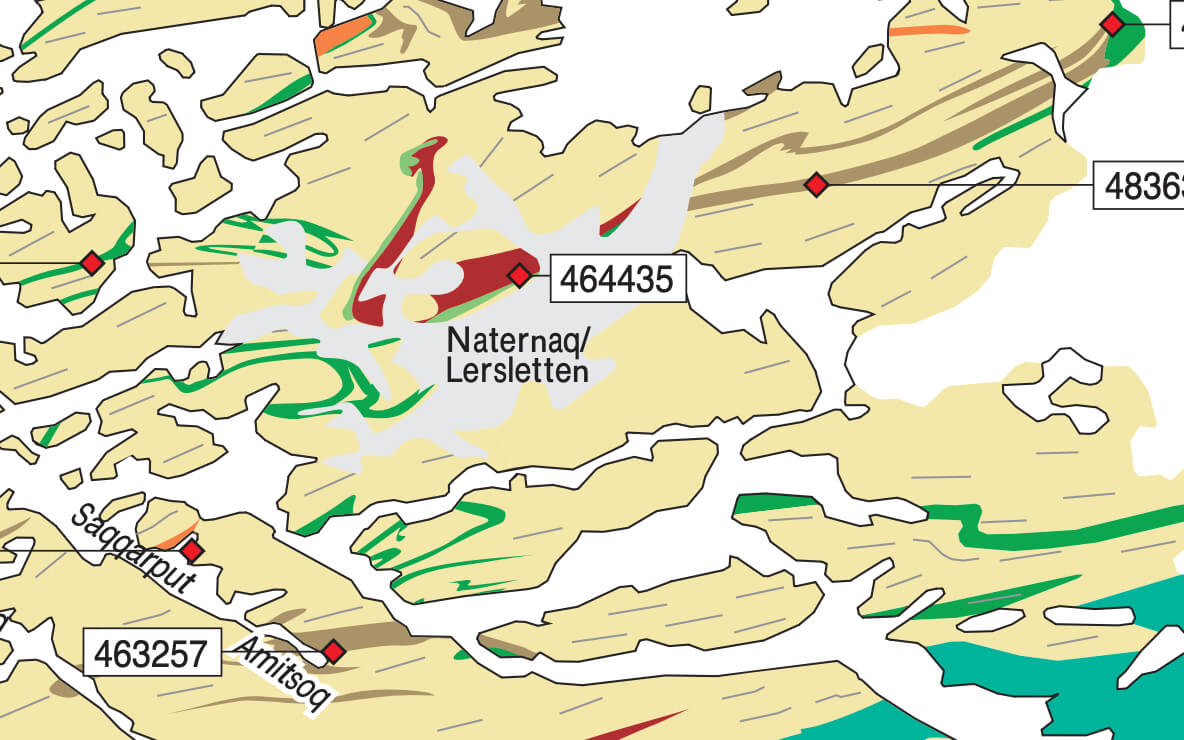
How to Cite
Share
Abstract
The Kangaatsiaq–Qasigiannguit region in the northern part of the Palaeoproterozoic Nagssugtoqidian orogen of West Greenland consists of poly-deformed orthogneisses and minor occurrences of interleaved, discontinuous supracrustal belts. Laser ablation ICP-MS 207Pb/206Pb analyses of detrital zircons from four metasedimentary rocks (supplemented by ion probe analysis of one sample) and igneous zircons from six granitoid rocks cutting metasedimentary units indicate that the supracrustal rocks in the Kangaatsiaq–Qasigiannguit (Christianshåb) region are predominantly Archaean in age. Four occurrences of metasedimentary rocks are clearly Archaean, two have equivocal ages, and only one metasedimentary unit, from within the Naternaq (Lersletten) supracrustal belt, is demonstrably Palaeoproterozoic and readily defines a large fold complex of this age at Naternaq. The 2.9–2.8 Ga ages of detrital Archaean grains are compatible with derivation from the local basement orthogneisses within the Nagssugtoqidian orogen. The detrital age patterns are similar to those of metasediments within the central Nagssugtoqidian orogen but distinct from age patterns in metasediments of the Rinkian belt to the north, where there is an additional component of pre-2.9 Ga zircons. Synkinematic intrusive granitoid rocks constrain the ages of some Archaean deformation at 2748 ± 19 Ma and some Palaeoproterozoic deformation at 1837 ± 12 Ma.
How to Cite
Share
Copyright (c) 2006 Kristine Thrane, James N Connelly

This work is licensed under a Creative Commons Attribution 4.0 International License.
Downloads
Editors: A.A. Garde and F. Kalsbeek
Central West Greenland exposes a large region of Archaean continental crust that was rifted and subsequently reworked in the Palaeoproterozoic during the Nagssugtoqidian and Rinkian orogenies. The southern margin of the Nagssugtoqidian orogen with its deformed Kangâmiut dykes is a classic example of an orogenic [...]









